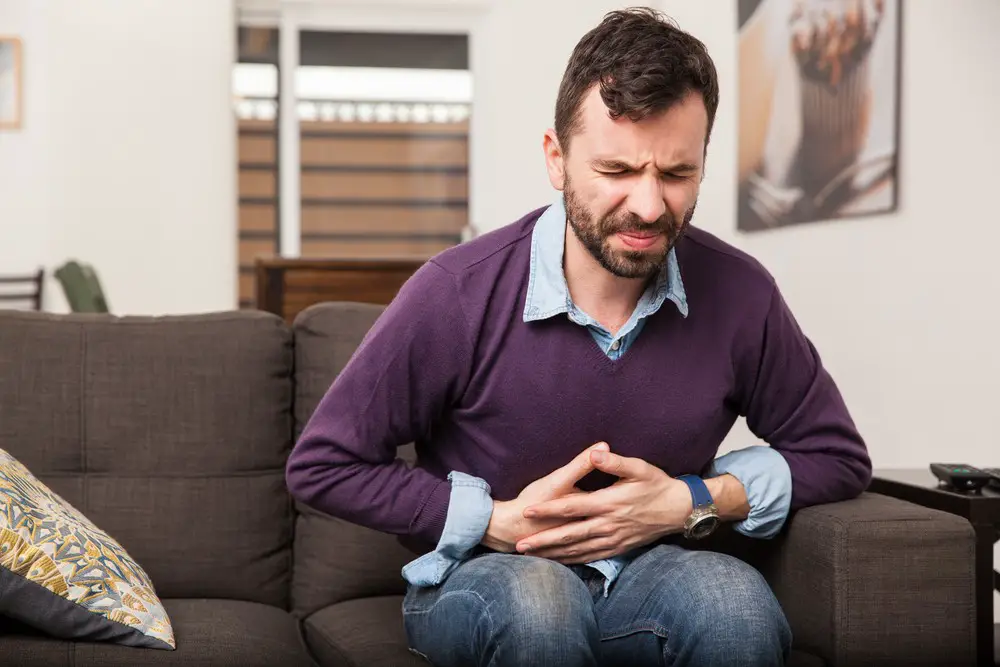Food contamination could have some serious consequences for both businesses and consumers alike. It could be harmful for the health of consumers, and safety can greatly affect the business’s reputation if someone is harmed.
While many people believe that there are only three types of food contamination, there are actually four types. You must be aware of the different types to protect customers’ health and the business’s reputation.
There are many places online, like 360 Training, that can help you with this. In this article, you will learn more about the different types of food contamination to raise awareness. So, without further ado, let’s get started.
Food Contamination: What are the Different Types?
Did you know that there are 4 types of food contamination? It’s microbial, chemical, allergenic, and physical contamination. All the food can be at risk from these 4 types, and that’s why many food handlers always have that legal responsibility to ensure that the food they are preparing is free from all contaminants and should be safe for consumers. You may check with 360 Training to know more about this.
Food contamination is truly dangerous, and the consequences of consuming contaminated foods range from illness to death. That said, it’s crucial to understand the 4 types and ways to avoid them from affecting food safety.
Below are the Different Types of Food Contamination
1. Microbial Food Contamination
Microbial contamination only happens when microorganisms have contaminated the food. It includes viruses, bacteria, mold, toxins, and fungi. It could even happen through different means, such as:
- Undercooked chicken would give rise to a type of bacteria called campylobacter.
- Preparing and storing high-risk raw foods are just close to ready-to-eat foods that could lead to cross-contamination.
- Undercooking chicken can give rise to campylobacter, a type of bacteria.
- During the slaughtering and rearing of animals, the salmonella in the animal intestines can get onto food products.
- Storing and preparing high-risk raw foods that are close to being eaten can lead to cross-contamination.
- Fish and even shellfish are eating toxic-producing organisms that are risky to humans if eaten.
Microbial contamination is perhaps a common reason behind the outbreaks of food poisoning. The best way to avoid this contamination is through following strict, high-standard food hygiene practices.
2. Chemical Food Contamination
Chemical food contamination happens when the food gets contaminated by some chemical substance. The chemicals are used frequently in the kitchen for disinfecting and cleaning. So it’s no longer a surprise that they contaminate food.
Contamination may also occur from preparing the food on a surface that contains chemical residue or if someone sprays the cleaning chemicals close to the uncovered food.
More so, food could become contaminated by the chemicals before it could even reach the kitchen. One instance is that pesticides and fertilizers could have been sprayed near the food when it grows. If someone prepares and handles, food should ensure that the food they are serving does not contain chemical contamination.
To make sure, they should:
- Store chemicals in separate areas from food
- Follow the instructions when using chemicals
- Use only approved suppliers who guarantee the safety of the food they provide
- Keep all the food covered when cleaning
3. Allergenic Food Contamination
Allergenic contamination happens when the food that could cause an allergic reaction comes in contact with other food. For instance, if the same knife was used for cutting ordinary bread, it could also be used to cut gluten-free bread.
There are 14 allergens, and these are foods that account for most food allergies in people. The food list includes peanuts, gluten, mustard, eggs, fish, and soy.
Eating just a small amount of food would be enough for someone with food allergies to cause fatal reactions. Because of this, you must prevent allergenic food contamination on the premises.
4. Physical Food Contamination
Physical food contamination usually happens when foreign objects contaminate the food. It could happen at any food delivery stage and preparation. It could also cause harm to consumers, which includes choking and broken teeth.
The physical contaminants found in food also include hair, jewelry, stones, plastic bones, cloth, and pest bodies. If there are issues with equipment or food premises, like flaking paint or even loose screws in equipment, know that physical contaminants also carry harmful bacteria, posing a greater risk.
Wrapping Up
Now that you know all the different types of food contamination, hopefully, you have understood how the food could be contaminated. Knowing this will help you find better control, prevent food contamination, and protect yourself and your families from food-borne severe diseases. It truly is an awareness that you should always be careful when handling food. Obtaining a food handler certification can further equip you with the knowledge and skills necessary to ensure food safety practices are effectively implemented.

